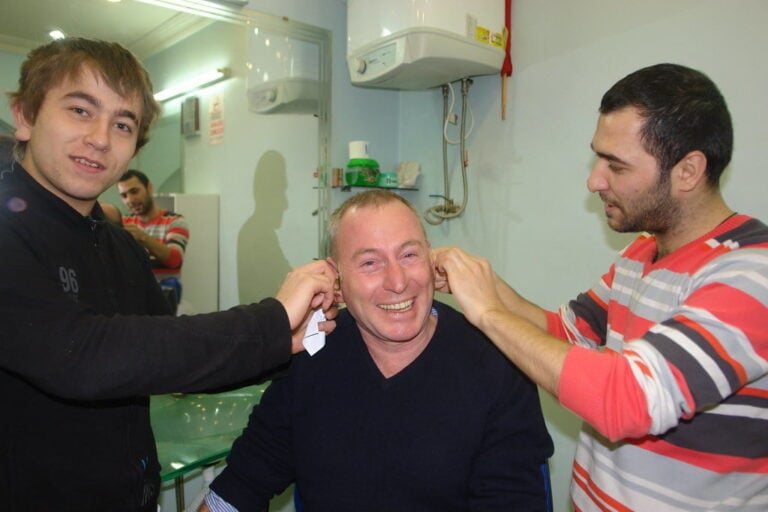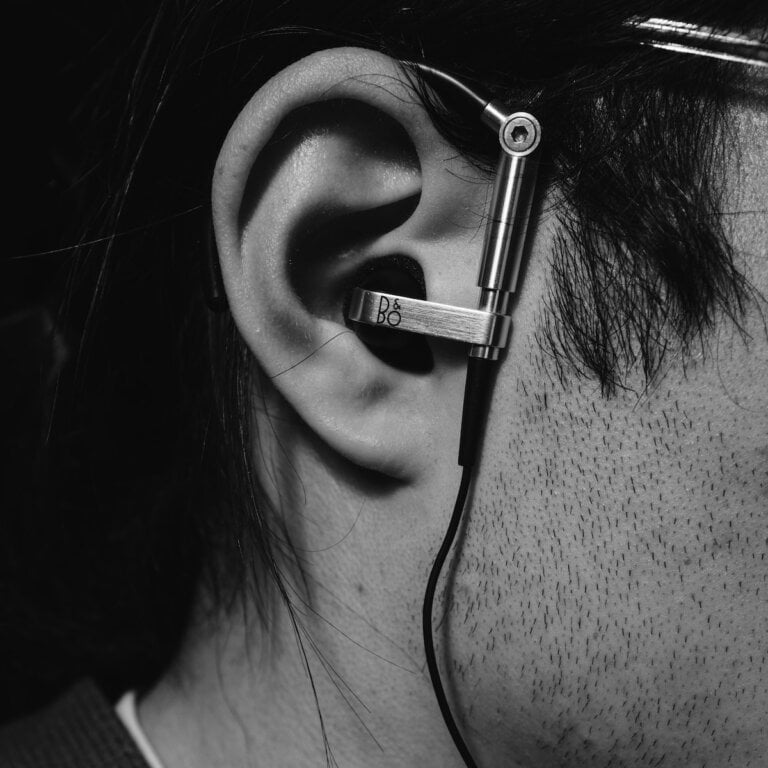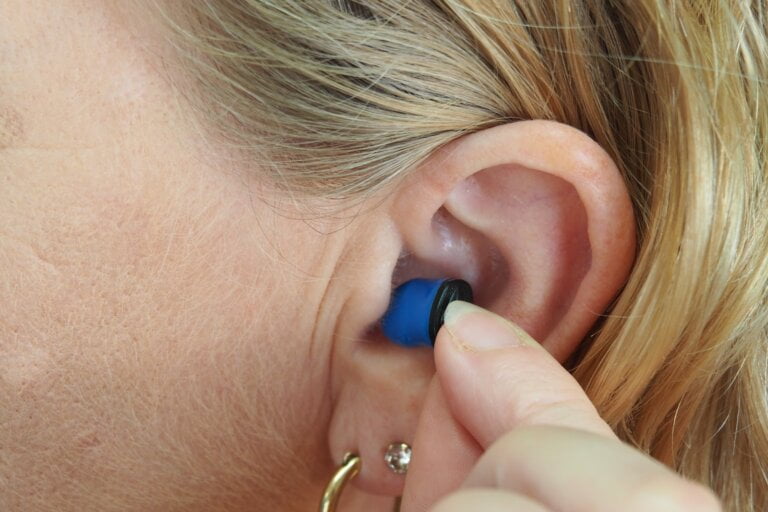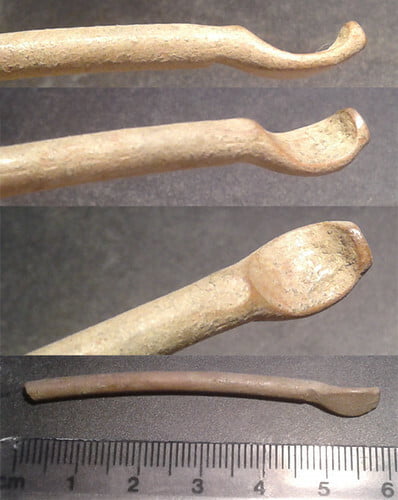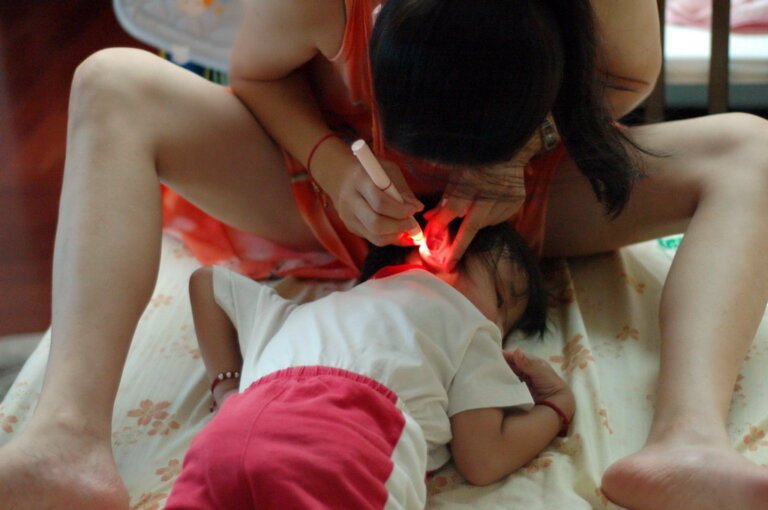Expectations for a Manual Instrument Ear Wax Removal Apprenticeship
In recent years, manual instrument ear wax removal has gained significant popularity as an effective and safe method for removing excess ear wax. As a result, the demand for skilled professionals in this field has increased, leading to the rise of apprenticeships specifically designed to train individuals in the art of manual instrument ear wax removal. If you are considering embarking on this career path, it is essential to have a comprehensive understanding of the expectations associated with a manual instrument ear wax removal apprenticeship. This article aims to provide you with detailed insights into the expectations, skills, and knowledge required for a successful apprenticeship in this field.
Introduction to Manual Instrument Ear Wax Removal
Before delving into the expectations of a manual instrument ear wax removal apprenticeship, it is crucial to understand the basics of this procedure. Manual instrument ear wax removal involves the removal of excess ear wax using specialized tools, such as curettes, forceps, or suction devices. This technique requires precision, dexterity, and a thorough understanding of ear anatomy to ensure the safety and well-being of the patients.
Ear wax, also known as cerumen, is a waxy substance produced by glands in the ear canal. Its primary function is to protect the ear by trapping dust, debris, and bacteria. However, an excessive buildup of ear wax can lead to discomfort, hearing loss, and other complications. Manual instrument ear wax removal is a procedure performed by trained professionals to safely and effectively remove this excess wax.
Expectations of a Manual Instrument Ear Wax Removal Apprenticeship
- Knowledge of Ear Anatomy: A fundamental expectation of a manual instrument ear wax removal apprenticeship is a comprehensive understanding of ear anatomy. This includes knowledge of the different parts of the ear, such as the outer ear, middle ear, and inner ear. Understanding the structures within the ear is crucial for identifying the safe and appropriate techniques for removing ear wax.
In order to effectively remove ear wax, apprentices must have a thorough understanding of the anatomy of the ear. This includes knowledge of the external ear canal, tympanic membrane (eardrum), ossicles (small bones in the middle ear), and cochlea (part of the inner ear responsible for hearing). By understanding the various structures and their functions, apprentices can ensure that the manual instrument ear wax removal procedure is performed safely and without causing any harm to the patient.
- Familiarity with Ear Wax Removal Tools: As an apprentice, you will be expected to become proficient in working with various ear wax removal instruments. This involves learning how to handle and use curettes, forceps, suction devices, and other specialized tools safely and effectively. You will also need to understand the functions and limitations of each instrument.
During a manual instrument ear wax removal apprenticeship, you will gain hands-on experience with a variety of ear wax removal tools. These tools include curettes, which are small scoops or hooks used to gently remove the wax from the ear canal, forceps, which are used to grasp and remove larger or harder pieces of wax, and suction devices, which can be used to suction out the softened wax. It is important to become familiar with the proper techniques for using these tools in order to ensure a successful and safe ear wax removal procedure.
- Sterilization and Infection Control: Maintaining a sterile environment is of utmost importance during ear wax removal procedures. As an apprentice, you will be expected to learn and implement proper sterilization techniques for the instruments and equipment used in the process. Understanding infection control measures, such as wearing gloves and maintaining a clean work area, is essential to ensure patient safety.
In order to prevent the spread of infections and maintain a safe environment for patients, apprentices must have a thorough understanding of sterilization and infection control protocols. This includes knowledge of proper cleaning and disinfection techniques for ear wax removal instruments, as well as the use of personal protective equipment (PPE) such as gloves and masks. By following these protocols, apprentices can minimize the risk of infection and ensure the well-being of their patients.
- Patient Communication and Care: Effective communication with patients is an integral part of any healthcare profession. As an apprentice, you will be expected to develop strong communication skills to liaise with patients, understand their concerns, and provide necessary information regarding the procedure. Demonstrating empathy, patience, and professionalism is vital in creating a positive patient experience.
During a manual instrument ear wax removal apprenticeship, you will interact with patients on a regular basis. It is important to develop effective communication skills in order to build rapport with patients and address any concerns they may have. This includes actively listening to patients, explaining the procedure in a clear and concise manner, and addressing any questions or anxieties they may have. By providing compassionate care and maintaining open lines of communication, apprentices can ensure that patients feel comfortable and well-informed throughout the ear wax removal process.
- Manual Dexterity and Attention to Detail: Manual instrument ear wax removal requires precision and careful attention to detail. As an apprentice, you will be expected to develop excellent hand-eye coordination, fine motor skills, and a steady hand. The ability to perform delicate maneuvers with accuracy is essential for successful and safe ear wax removal.
In order to perform manual instrument ear wax removal effectively, apprentices must possess excellent manual dexterity and attention to detail. This involves developing the ability to manipulate the tools with precision, navigate the ear canal without causing any harm, and identify and remove the wax with accuracy. By honing these skills, apprentices can ensure a successful and comfortable ear wax removal procedure for their patients.
- Continual Learning and Professional Development: A manual instrument ear wax removal apprenticeship provides the foundation for a lifelong career in this field. It is crucial to maintain a commitment to continual learning and professional development by staying updated with the latest techniques, research, and advancements in ear wax removal. Attending workshops, conferences, and engaging in ongoing education will help you expand your knowledge and skills.
As an apprentice in the field of manual instrument ear wax removal, it is important to recognize the importance of continuous learning and professional growth. This field is constantly evolving, with new techniques and technologies emerging. By staying updated with the latest research and advancements, apprentices can enhance their skills and provide the best possible care for their patients. Attending workshops, conferences, and pursuing additional certifications or qualifications can also help apprentices further develop their expertise in this specialized area.
Benefits of a Manual Instrument Ear Wax Removal Apprenticeship
Embarking on a manual instrument ear wax removal apprenticeship offers several benefits, including:
-
Hands-on Experience: An apprenticeship provides you with valuable hands-on experience in a real-world clinical setting, allowing you to apply theoretical knowledge to practical scenarios. This practical experience is essential for developing the skills and confidence necessary to perform manual instrument ear wax removal effectively.
-
Mentorship: Working alongside experienced professionals in the field provides an opportunity for mentorship, guidance, and support throughout your apprenticeship journey. Mentors can share their expertise, provide feedback on your performance, and offer valuable insights into the field of manual instrument ear wax removal. This mentorship can greatly accelerate your learning and help you navigate the challenges that may arise during your apprenticeship.
-
Industry Recognition: Completing a manual instrument ear wax removal apprenticeship demonstrates your commitment to the field and enhances your professional credibility. It increases your chances of securing employment and provides a strong foundation for a successful career in this specialized area. Employers often value apprenticeship experience, as it indicates that you have received comprehensive training and practical experience in manual instrument ear wax removal.
-
Job Opportunities: With the increasing demand for skilled manual instrument ear wax removal professionals, completing an apprenticeship increases your chances of finding employment in various healthcare settings such as private clinics, hospitals, or audiology practices. The hands-on experience and specialized training gained during your apprenticeship can make you a competitive candidate for job opportunities in this field.
Conclusion
In conclusion, a manual instrument ear wax removal apprenticeship requires a comprehensive understanding of ear anatomy, proficiency in working with specialized tools, adherence to sterilization and infection control protocols, effective patient communication, manual dexterity, attention to detail, and a commitment to ongoing professional development. By fulfilling these expectations, you can lay a solid foundation for a successful and rewarding career in the field of manual instrument ear wax removal. Remember, practice, patience, and dedication are key to becoming a skilled professional in this specialized area.
FAQ
1. What is manual instrument ear wax removal?
Manual instrument ear wax removal is a procedure performed by trained professionals to safely and effectively remove excess ear wax using specialized tools such as curettes, forceps, or suction devices.
2. What are the expectations of a manual instrument ear wax removal apprenticeship?
The expectations of a manual instrument ear wax removal apprenticeship include:
- Comprehensive knowledge of ear anatomy
- Familiarity with ear wax removal tools
- Understanding of sterilization and infection control protocols
- Effective patient communication and care
- Manual dexterity and attention to detail
- Commitment to continual learning and professional development
3. How can I develop the necessary skills for manual instrument ear wax removal?
To develop the necessary skills for manual instrument ear wax removal, you can:
- Gain hands-on experience with various ear wax removal tools
- Learn and implement proper sterilization and infection control techniques
- Practice effective patient communication and care
- Hone your manual dexterity and attention to detail through practice and training
- Stay updated with the latest techniques and advancements in the field through continuous learning and professional development opportunities.
4. What are the benefits of a manual instrument ear wax removal apprenticeship?
The benefits of a manual instrument ear wax removal apprenticeship include:
- Hands-on experience in a real-world clinical setting
- Mentorship and guidance from experienced professionals
- Enhanced professional credibility and industry recognition
- Increased job opportunities in various healthcare settings
(End of FAQ)


